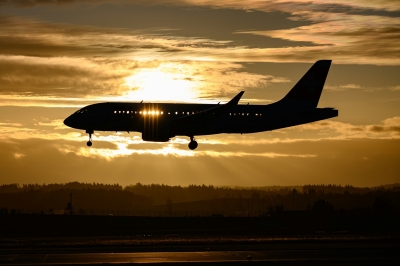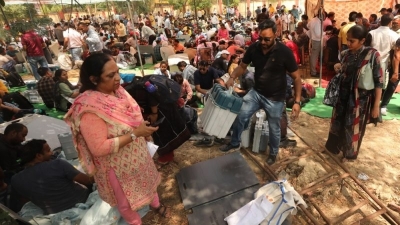Austria’s conservatives team up with far-right, again

The Austrian centre-right ÖVP of Lower Austria looks to govern with the far-right FPÖ, forming a right-wing government in the country’s largest state and setting the scene for the upcoming 2024 elections.
In the state election of Lower Austria in January, the ÖVP came out first but fell 10% short of their previous election result, meaning they had to form a coalition. After the ÖVP’s negotiations with the social democrats failed, the far-right, which came in second, seized on the opportunity.
“This is a hard road for both of us,” Johanna Mikl-Leitner, the ÖVP leader and designated state of Lower Austria said on Friday. Her campaign had warned of the threat posed by the far-right, rallying voters by painting the picture of a radical FPÖ. Similarly, the far-right had vowed on the campaign trail not to make Mikl-Leitner state chief.
It is a “sustainable working relationship in the interest of the state and the citizens of Lower Austria” and “not a love affair,” she stressed, speaking alongside the far-right’s Udo Landbauer. “There is much that separates us,” he stressed.
This regional formation may provide a preview of what a national government could look like in 2024 as Lower Austria’s ÖVP is deeply entrenched in its federal counterpart, with Chancellor Karl Nehammer, alongside other government figures, hailing from there.
A central aspect is a Corona fund, designed to refund citizens’ who had been fined, which was later deemed unconstitutional, equipped with €30 million. It ought to bridge the gaps in society, the new leaders say. The new government will support those caring for another in their home with €47 million. Landbauer, for his part, vowed to defend the combustion engine – which is at the heart of an ongoing reactionary controversy.
Voters in Salzburg are heading to the regional polls on 23 April, paving the way for genuine campaigning at the federal level. Currently, FPÖ, SPÖ and the ÖVP are polling at about 30%, 25% and 22% respectively.
(Nikolaus J. Kurmayer | EURACTIV.de)



